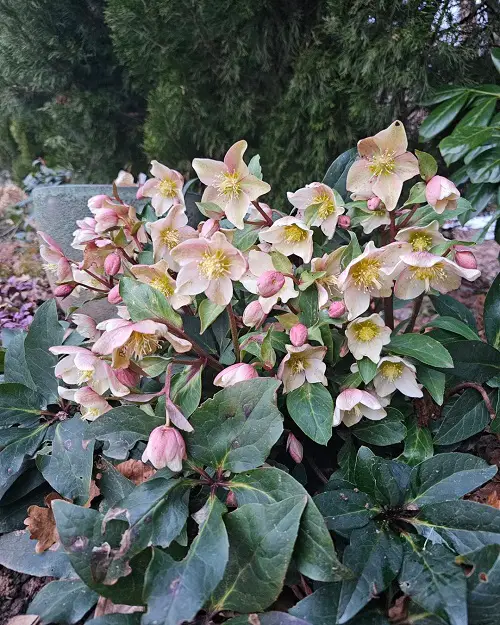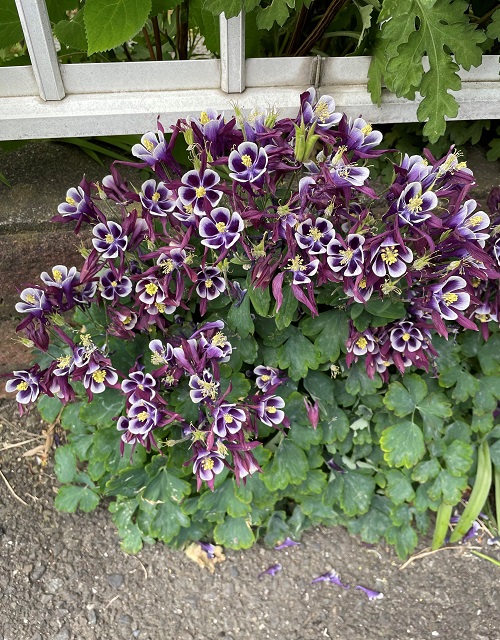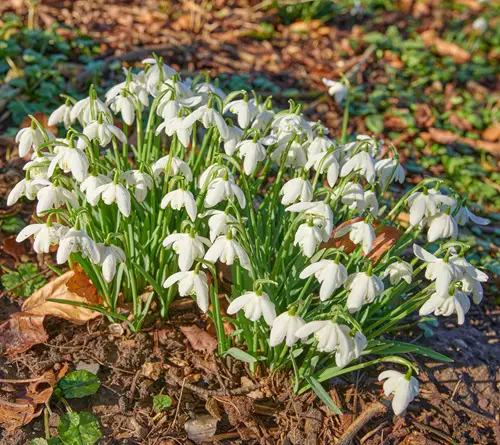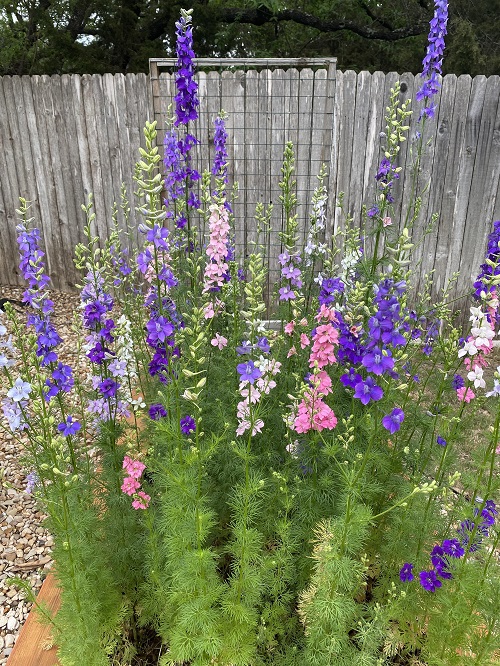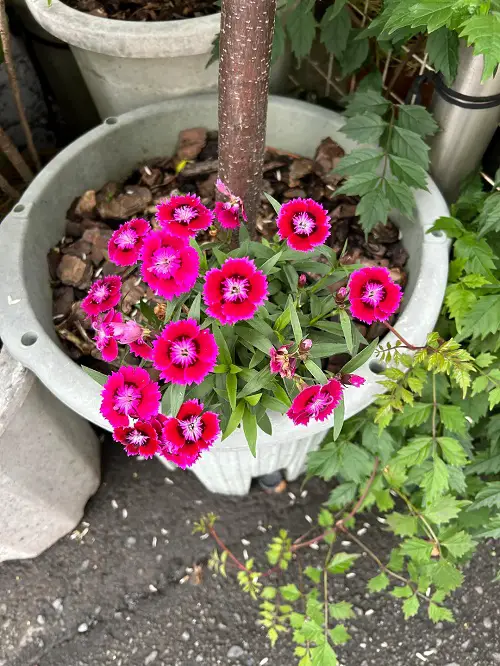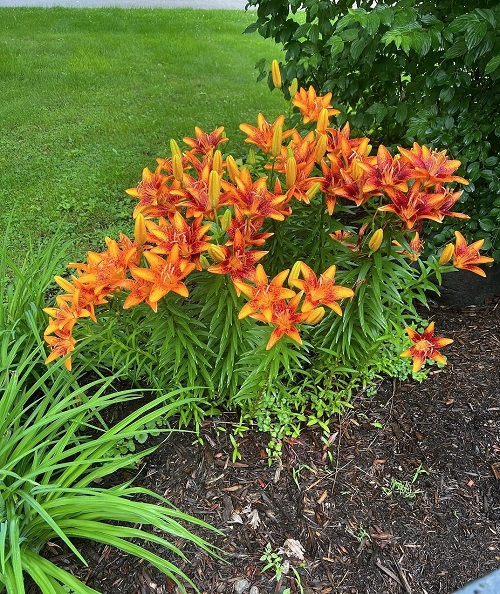Plant these Perennials in November for dreamy spring and summer flowers, according to your climate and first frost dates!
While some plants flower in the fall and winter months, these cool months are also ripe for sowing seeds that will emerge as beautiful spring and summer blossoms! Get a floral headstart with perennials to plant in November, according to your terrain and frost dates!
Perennials to Plant in November
1. Purple Coneflower

Botanical Name: Echinacea purpurea
USDA Zones: 3-8
Purple coneflower is one of the hardiest and most forgiving perennials to grow in almost any soil type. Most commonly found in shades of purple and dark pink, you can also get varieties of yellow, white, lime green, and red flowers.
When planting in November, don’t expect great blooms the very first year. Help your coneflowers with a rich medium comprising compost and phosphate, and of course, be patient.
These pollinator-magnets can even tolerate extreme cold and snow, provided their soil drains well and does not get waterlogged.
2. Shasta Daisies
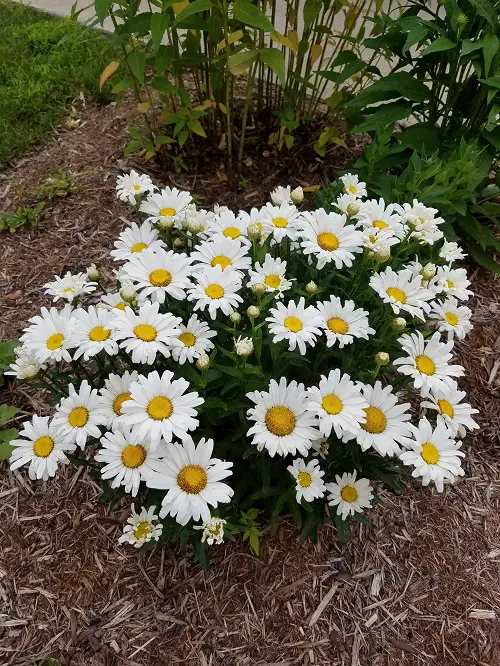
Botanical Name: Leucanthemum x superbum
USDA Zones: 4-9
Planting shasta daisies in autumn allows them to develop strong roots before they flower. In zones 8-9, refrigerate seeds in moist paper towels and put them away in sealed bags for at least 8-10 weeks before planting.
You could start the seeds indoors or plant them outdoors in warmer regions. However, bring them in if there is even the slightest risk of frost. And wait until spring to plant them, but it’ll be worth it, as they bloom almost all year round!
In extreme cold, apply a 2-3 inch layer of mulch around the base of the plant with shredded leaves or leaf compost without touching the leaves and stem.
3. Blue False Indigo
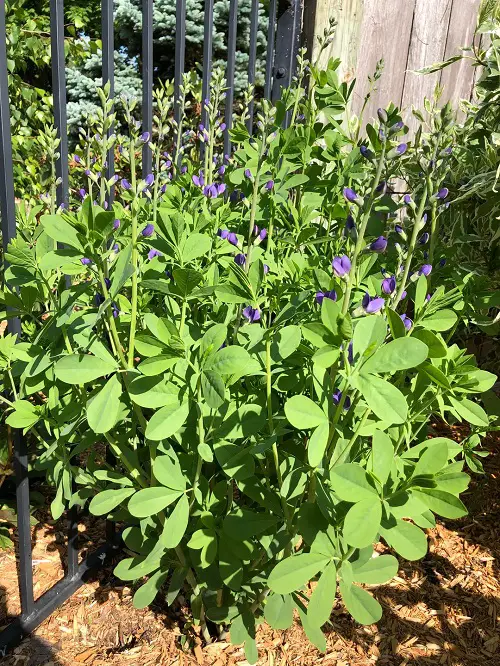
Botanical Name: Baptisia australis
USDA Zones: 3-9
In warmer zones, November is a great month to sow indigo seeds. The easiest way to propagate this flowering perennial is by scattering the seeds exactly where you want them to grow.
Seed-planted indigo plants usually take 3-4 years to produce classic indigo-blue flowers. False indigo requires full sun; staking may be needed if the plant gets too floppy.
4. Black-Eyed Susan

Botanical Name: Rudbeckia hirta
USDA Zones: 3-9
Typically grown as annuals, black-eyed Susans can be coaxed into flowering every season by overwintering in a greenhouse or indoors. Whether your region is cold or warm, sow the seeds before the first frost sets in.
In zones 3-7, November may be too late and cold for transplanting seedlings. But you could do so in zones 8 and 9. Before planting seeds, loosen the soil slightly by raking.
5. Bee Balm
Botanical Name: Monarda
USDA Zones: 4-10
This mint family member pushes out fragrant blooms that are loved by pollinators! Bee balm readily self-seeds, and cold stratification improves germination. However, in warmer climates, sow them directly into garden soil in the fall, preferably in November.
Ensure well-draining fertile soil; this plant cannot survive overly dry or soggy soils. Here’s more info on growing it.
6. Lenten Rose
Botanical Name: Helleborus orientalis
USDA Zones: 3-9
Another perennial to plant in November is the lenten rose! In winter and spring, this plant pushes out white to burgundy saucer-shaped flowers that are showy and last long! The best part about hellebores is that you can plant them anytime from September to June.
Their nectar-rich flowers attract pollinators early into your garden, and they are compact, hardy, and low-maintenance plants. Sporting evergreen, silver, and marbled leaves, they provide year-round interest to your garden even when not in bloom.
Plant cuttings in slightly moist, well-draining soil in a spot with partial shade.
7. Foxglove
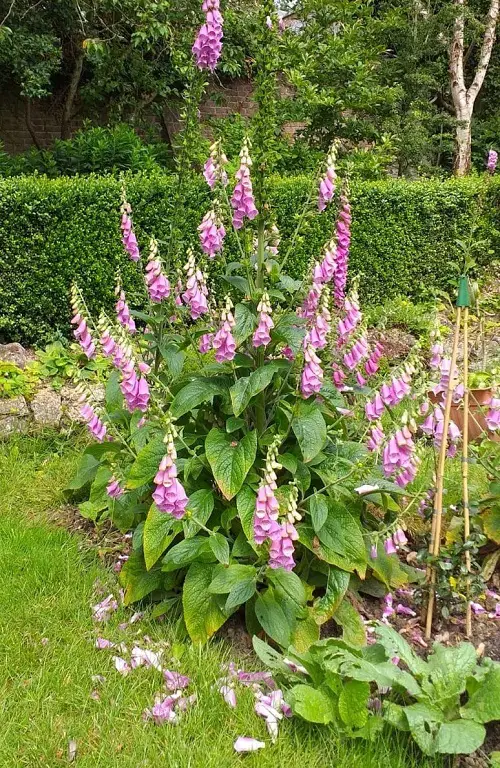
Botanical Name: Digitalis purpurea
USDA Zones: 4-9
One of the easiest perennials to grow from seed, foxglove can be planted in spring or fall, depending on the conditions in your region. In zones that experience intense cold, aim for sunny weather, such as August.
However, you could sow seeds in November in zones 8 and 9, where fall and winter are milder. and arrive late Sow foxglove seeds on the surface of moist soil and wait for them to bloom around early summer the following season.
The plant needs plenty of moisture to grow and benefits from regular deadheading. It also allows the plant to reseed and keep blooming year after year, so don’t skip it!
Pro tip: Feed foxglove with a fish emulsion and kelp every few weeks during the active growing season.
8. Columbine
Botanical Name: Aquilegia spp.
USDA Zones: 3-8
These hardy plants are a great choice in November as the seeds can experience natural stratification and develop before the following season. Surface-sow columbine seeds over slightly raked, well-drained soil rich in organic matter in no-frost regions.
However, once the plant is well-established in your garden, it is winter-hardy and does not need mulching or winter protection, even in zone 3 winters!
9. Snowdrop
Botanical Name: Galanthus nivalis
USDA Zones: 3-9
Known for their small, bell-shaped flowers, snowdrops are often regarded as the first sign of spring. Sometimes, they bloom as early as January or February, pushing through the snow-covered ground!
If you’re planting them in November, pick dry snowdrop bulbs. Plant these in moist, well-draining soil in a spot that receives dappled sunlight. Deadheading is essential so that this wonderful perennial blooms every year. Make sure the depth is right!
10. Laurentia
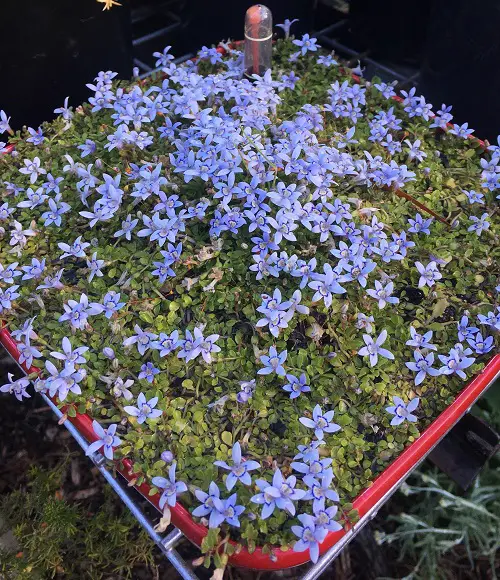
Botanical Name: Isotoma fluviatilis
USDA Zones: 6-8
Also known as the blue star creeper, this low-growing evergreen ground cover thrives in containers, rock gardens, or edgings in shaded areas. Grown as an annual in colder regions, it flourishes as a perennial in warmer climates and is perfect to plant in November!
Propagate laurentia from cuttings in November, ensure moist soil and provide partial shade. Once established, it is tough and resilient and is specially grown for its long blooming period.
11. Larkspur
Botanical Name: Delphinium
USDA Zones: 3-9
Blooming in white, lavender, pink, and blue, larkspur varieties feature many shades and forms, emerging as tall, delicate flower clusters in spring and summer. Though delphiniums need to be planted in early autumn in colder regions, November is great for warm places.
Add compost when growing in the garden, and space plants at least 2-3 feet apart; they don’t like being crowded.
12. Hardy Geranium

Botanical Name: Geranium spp.
USDA Zones: 4-8
Sowing hardy geranium seeds in winter is a great way to ensure they get the chilling they need to germinate. Plant this perennial in November to ensure its roots are long and strong before bloom time in spring.
You could also harvest in the fall months, provide ample sunshine and warmth, and plant the cuttings in well-drained, moderately rich soil. Use grow lights and heaters to ensure those coveted cup-shaped white, pink, purple, or blue blooms appear in the first year itself!
13. Dianthus
Botanical Name: Dianthus spp.
USDA Zones: 3-11
Popularly known as carnations, this cool-season perennial produces stunning star-shaped pink blooms when planted in November! It adapts well to containers as long as it gets full sun for six hours daily and well-draining soil.
A thin layer of mulch that also improves aeration helps. While it can tolerate light frost, anything below 40 F (4 C) can stress the plant. Zones 7 and above are usually forgiving for dianthus, but anything colder should prompt you to start seeds indoors in November.
14. Daylilies
Botanical Name: Hemerocallis spp.
USDA Zones: 3-9
When planting daylilies from root division outdoors in the fall, ensure it is at least 4-6 weeks before the first frost. November seems apt in zones eight and above, but double your area’s first frost date and work backward.
If you plan to grow daylilies in containers, top up your potting mix with a thick layer of mulch to keep the soil moist but not overly so and shelter it from frost. However, once these flowering perennials have matured, they can thrive without winter protection.
15. Blazing Star
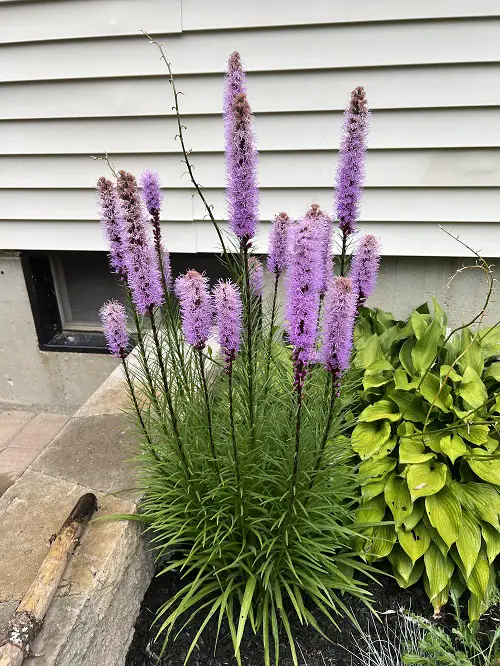
Botanical Name: Liatris spicata
USDA Zones: 3-8
Also called Gayfeather, this tall perennial is famed for its spikes of feathery lilac blooms and its medicinal roots. There are several ways to grow this plant. You can plant corms in spring or sow seeds in late fall to early winter for summer blooms.
Cover lightly with soil and water thoroughly after pressing the seeds a quarter inch into the medium. Once established, water it moderately as it tolerate some drought.
So, which plant are you picking to plant this November? Let us know in the comments below!



